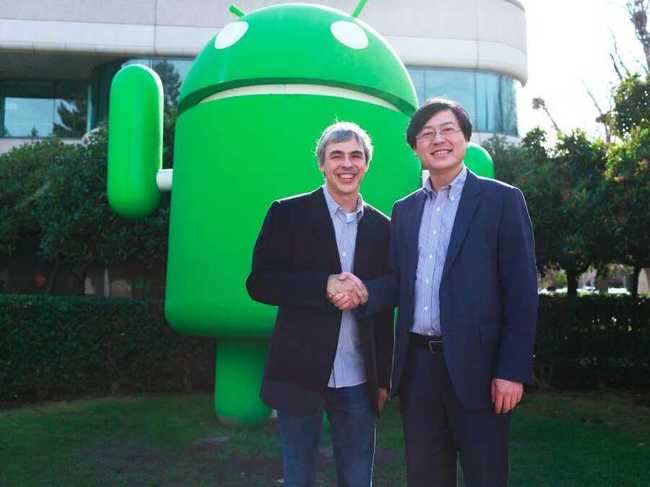Motorola’s brief stint as a Google company was an attempt to change the course of Android
Earlier today, the news broke that Motorola Mobility would be acquired from Google by Lenovo for a cool $2.91 Billion. Google purchased Motorola for $12.5 billion in August 2011.
The move seemed out of character and very perplexing at first, especially considering just how recently Motorola was acquired by Google. I’m still digesting what the deal actually means.
While the original purchase of Motorola and today’s sale seems like a calculated manoeuvre by Google to simply acquire Motorola’s 17,000-odd patents, it’s really much more than that.
In 2011, Motorola was experiencing its fifth consecutive quarter of losses which obviously left the future of the company in doubt. Google swooped in and saved the day.
For a brief moment, it looked like Google really wanted to become a devices and services business, just like Apple. It spent a lot of time convincing other hardware builders to tell the world that this was a good thing for everyone and that they would never crush them as Android is open for all to use and Google would not be using the acquisition to their advantage.
The company spent a lot of money, time and PR on building the Motorola X, one of the [most unique Android handsets on the market]( with a number of exclusive features that other devices still haven’t received (despite them consistently saying that Motorola would remain an Android licensee and receive no privileges over other device builders).
Despite all this work for a pretty impressive handset, it didn’t perform particularly well. I don’t think it’s out of the question to consider this part of the reason Google sold, but not why they sold now.
Google was rebuilding Motorola from the ashes of a once great mobile company. Android needed an OEM that creates great phones, with a close to stock experience in order to execute on its current push to stop handset builders from skinning their wares quite so heavily. The company has been quietly laying on the pressure from a few different angles.
First, an interesting discovery by Recode earlier this week uncovered Google pressuring Samsung to dial back its often ridiculous skinning.
Second, by stripping most of Android’s applications out from the core OS and adding them to a separate, closed-source distribution called the “Google” apps package (it includes everything from Gmail and Hangouts to the calendar app) the company is controlling who can install these apps and what they can do to them.
One of the rules, with apps in the Google Package is particularly interesting: no skinning allowed or hardware builders can’t distribute them.
It’s extremely unlikely that Google purchased and sold Motorola just to gain patents. Yes, they made up a large part of the deal, but that’s not what the game plan was. It bought Motorola to help change the crash course that Android was on. It’s long been a common opinion that Samsung is already to becoming synonymous with Android.
When Google purchased Motorola and pulled it back from the brink, a first step toward combatting that was put in place.
But Google couldn’t stay in the mobile hardware business. Despite its best efforts to tell the world that other hardware builders were totally peachy with the deal, it’s unlikely any of them were truly happy about it. Essentially, it was a threat to the platform. What if Google eventually ended up locking them out?
Samsung’s aggressive moves toward Tizen seem to indicate that they don’t want to bet everything on the platform either, especially considering Google was in the hardware business too.
From what it seems, Google’s intention was always to be Motorola’s white knight and use them to change Android’s course. The patents were a huge bonus, but they only sweetened the deal. Google set out revive Android by building a formidable, new product to show other manufacturers how it’s done. It set a bar for other manufacturers to find ways to improve the phone without fucking up the Android experience.
Think about it for a second: before the Moto X came along, who else was building great handsets other than Samsung? Pretty much nobody. And the software on Samsung devices sucked, thanks to Touchwiz.
Google was always going to sell Motorola once it was in a better position, it was simply a matter of time.
The time has come, even though it is perhaps sooner than we expected. Motorola is going to help Lenovo reach into the US market for the first time as well as make a large push into China for the platform.
It’s easy to look at the deal as Google jumping ship when things were tough, but the deal is only the beginning of a new direction for Android.
